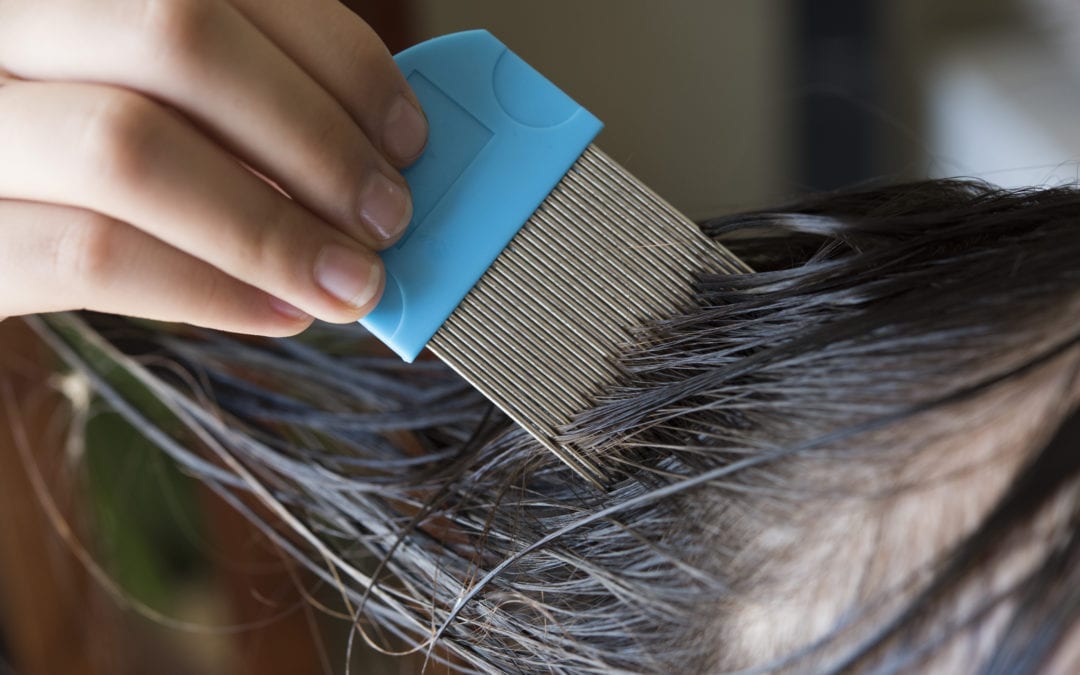Just thinking about head lice crawling around is enough to make your scalp itch. These tiny insects feed on human blood from the scalp and spread easily from one person to another. Keep reading to learn more about head lice and what you can do to prevent them.
Causes of Head Lice
Lice are contagious and spread from person to person. Usually, this is through direct contact when your head touches the head of someone infected with lice. However, lice can also spread through the shared use of personal or fabric items including:
- Combs
- Brushes
- Barrettes
- Hats
- Headbands
- Headphones
- Bedding
- Clothing
- Towels
- Upholstered furniture
Household pets aren’t involved in the spread of lice.
Lice Risk Factors
Anyone can get head lice, but some people have a higher risk of infestation. Young school-age children are at high risk for getting lice because they often play together closely and share items. Family members of young children are also at a higher risk, as are people who work at daycare centers, preschools or elementary schools. An unclean living environment or poor personal hygiene are not risk factors for lice.
Symptoms of Lice
You may not experience any symptoms or be aware of the problem if you have lice. However, people with a lice infestation may experience the following common symptoms:
- Extreme itchiness of the scalp
- Feeling something crawling on your head
- Scabs and sores from scratching the scalp
Diagnosing Head Lice
Head lice are diagnosed by finding lice or nits on the scalp. Adult lice are light-colored and move quickly, making them hard to spot. Nits are lice eggs; they are dark-colored and about the size of a flake of dandruff. Because they don’t move, it’s easier to find nits than hatched lice. Female lice attach nits to the hair making them easy to distinguish because they stick to the hair.
Look for a lice infestation by checking the hair close to the scalp for lice or nits. You can also try running a fine-toothed comb through the hair to gather lice and nits.
Lice Treatments
Treating lice is a two-step process: you’ll need to remove the lice and nits from the scalp and from the home. Medications and alternative treatments can deal with lice on the scalp. Lice don’t carry infectious diseases or cause much damage themselves, so the risk of complications is low.
Medications for Lice Treatment
Head lice treatments include both over-the-counter (OTC) and prescription options. OTC treatments typically contain pyrethrin or permethrin; these pesticides are similar but the first is made from chrysanthemum flowers while the second is synthetic. Prescription treatments may include additional stronger chemicals such as benzyl alcohol, malathion and lindane. Reduce the possibility of side effects from lice treatments by only using one medication at a time and only as directed.
Alternative Lice Treatment
It’s often possible to get rid of an infestation by using a fine-toothed lice or flea comb to remove lice and nits. Prepare the hair before combing by applying olive oil to help them stick. Begin at the scalp and comb through to the ends of the hair. Repeat this process every two or three days until lice and nits are gone and no signs of them remain.
Treating the Home for Lice
Part of the treatment involves removing lice from the home to help prevent re-infestation. Kill lice around the home in the following ways:
- Wash bedding and clothes in hot water and dry with high heat
- Dry-clean bedding and clothes
- Seal plush toys, bedding and clothes in a bag for two weeks
- Soak hair accessories for five to ten minutes in hot water
- Vacuum upholstered furniture and floors
Although a nuisance, head lice are typically harmless. Remind kids to avoid sharing items like hair ties, hats and brushes to help keep lice at bay. If you or your children do get head lice, don’t panic — with patience and a fine-toothed comb, you’ll be lice-free in no time.
Contact SLMA for More Information Today
If you’re suffering from lice, schedule an appointment to learn about your treatment options. Our team of knowledgeable healthcare providers can help you manage to deal with lice. Contact us here for more information.

